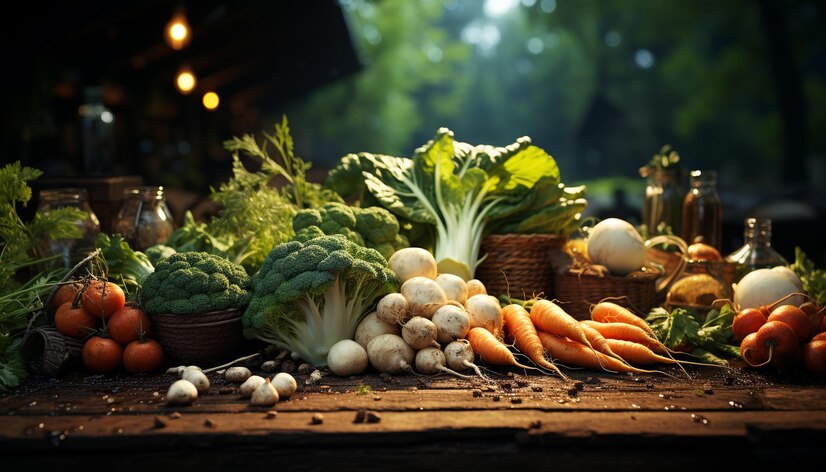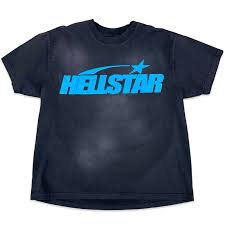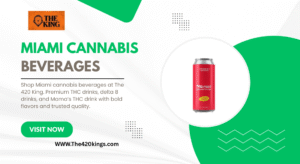
Picture your farm bustling with activity—your crops are top-notch, your buyers are lining up, and you’ve got a shiny certification that proves your produce is safe and ready for the world’s tables, all while boosting your profits. That’s the kind of growth ISO 22000 certification can bring to agricultural producers like you. It’s not just a fancy label; it’s a way to show everyone—buyers, regulators, and consumers—that your farm’s goods are safe, high-quality, and ready to shine. So, why should ISO 22000 certification be on your radar in 2025? How can it help your farm flourish?
In this article, we’ll dig into why ISO 22000 certification is a big deal for agricultural producers, how it keeps your operations safe and efficient, and what it takes to get certified. Whether you’re growing grains, raising livestock, or harvesting fruits and veggies, this is for you. Let’s get down to the roots.
What’s ISO 22000 Certification, Anyway?
ISO 22000 certification is an international standard focused on food safety management systems (FSMS), tailored for the entire food supply chain—including farms like yours. It helps you identify and control food safety hazards, from pesticide residues on crops to bacteria in livestock feed. Think of it as a safety net for your harvest, ensuring everything you grow or raise is safe to eat. Certifying bodies like SGS, Bureau Veritas, or NSF International audit your processes to confirm you’re meeting the mark.
Here’s the thing: this isn’t just about avoiding foodborne illnesses—though that’s huge. It’s also about building trust with buyers, meeting global standards, and keeping your farm competitive. For agricultural producers, where one bad batch can ruin your rep, it’s a game-changer.
Why ISO 22000 Certification is Your Farm’s Best Friend
- Buyer Confidence: Shows your produce meets global safety standards.
- Market Access: Opens doors to international buyers and retailers.
- Fewer Risks: Cuts down on contamination or recall nightmares.
- Efficiency Boost: Streamlines your processes for better yields.
The Ag World: Why ISO 22000 is a Must-Have
Running a farm is like conducting an orchestra—everything’s got to be in sync, from planting to harvest, while dodging curveballs like weather or pests. ISO 22000 certification helps you keep the music playing by ensuring your produce is safe at every step. In 2025, with food safety in the spotlight—especially around spring planting and harvest seasons—this certification can set you apart.
You know what’s neat? The push for transparency in food. A 2024 Statista report said 72% of consumers want to know their food is safe and traceable. I heard from a grain farmer in Punjab who got ISO 22000-certified; they landed a big export deal with a European buyer because their safety system was rock-solid. That’s the kind of opportunity ISO 22000 certification can create, turning your farm into a trusted name.
Key Areas ISO 22000 Covers
Here’s a quick look at what ISO 22000 focuses on:
| Area | Focus | Why It Matters |
|---|---|---|
| Hazard Analysis | Spot food safety risks | Catches issues like pesticide overuse. |
| Control Measures | Set steps to manage risks | Ensures safe handling and storage. |
| Traceability | Track produce from farm to fork | Builds trust with buyers. |
| Emergency Preparedness | Plan for crises like contamination | Keeps your farm ready for anything. |
How ISO 22000 Certification Keeps Your Farm Safe and Sound
Let’s get to the meat and potatoes. As an agricultural producer, your livelihood depends on safe, high-quality output—whether it’s tomatoes, dairy, or poultry. ISO 22000 certification gives you a system to spot risks and stop them cold. Say you’re growing apples; ISO 22000 ensures you’re using safe pesticides and storing them right to avoid mold. Or if you’re raising chickens, it makes sure their feed is clean and free of nasties like salmonella. It’s like having a guardian angel watching over your fields.
A buddy who farms rice in Tamil Nadu shared how ISO 22000 turned things around for them. Before, they lost a buyer after a batch got flagged for pesticide residue. After certification, they set up proper controls, and now they’re exporting to Japan with zero issues. That’s the kind of peace of mind ISO 22000 certification brings—keeping your harvest safe and your business thriving.
Real Benefits for Your Farm
- No More Scares: Catch risks before they lead to recalls.
- Happy Buyers: Meet the safety demands of big retailers.
- Smoother Operations: Clear steps cut down on errors.
- Growth Potential: Tap into new markets with confidence.
Getting ISO 22000 Certified: Your Step-by-Step Guide
So, how do you get ISO 22000 certification for your farm? It’s not a one-and-done deal, but it’s manageable. Start by mapping out your processes—from planting to harvest—and identifying risks, like contaminated water or unsafe storage. Then, set up controls to manage those risks, like testing irrigation water or training workers on hygiene. Certifying bodies like Bureau Veritas or SGS can help with training and audits, often with online resources to fit your schedule.
The big moment is the audit. An auditor checks your FSMS, reviews your records, and might visit your farm to see your safety measures in action. Pass that, and you’re certified—ready to show off your commitment to food safety. It’s like prepping for a big market day; you put in the work, and the payoff feels amazing. Many certifiers also offer ongoing support to keep you on track.
Steps to Certification Success
- Map Your Risks: Identify hazards in your farming process.
- Set Controls: Create steps to manage those risks—like safe storage.
- Train Your Team: Teach workers about food safety practices.
- Keep Records: Document your safety steps for proof.
- Face the Audit: Show the auditor your system works.
- Stay Sharp: Regular reviews keep your certification active.
Challenges You Might Face (And How to Tackle Them)
Let’s keep it real—ISO 22000 certification isn’t always a breeze. Costs can sting; audits and training can add up, especially for small farms. Your workers might grumble about extra steps—farmhands are busy enough without new rules. And keeping up with records can feel like a chore when you’re out in the fields all day.
But here’s the good news: you’ve got this. Start with one crop or product to manage costs—SGS offers phased audits for that. For worker pushback, show them the payoff; a farmer in Gujarat said their team got on board after seeing bigger sales. And for records? Use apps like FarmLogs to track things easily. It’s about finding what works for your farm.
Why 2025 is the Year to Get ISO 22000-Certified
Still wondering if ISO 22000 certification is worth it? Let’s talk numbers: a 2024 FAO report said food safety issues cost ag businesses $110 billion yearly in recalls and lost sales. With spring planting in 2025 kicking off new cycles, and global demand for safe food rising, this certification keeps you ahead. Retailers like Walmart and Big Basket are also prioritizing certified suppliers, giving you a leg up.
Here’s another angle: consumer trust. The same Statista report found 80% of buyers check for safety certifications before buying produce. ISO 22000 certification makes you the go-to choice for safety-conscious shoppers, boosting your sales. Why miss out when the market’s this hungry?
Certified vs. Not: The Safety Divide
| Aspect | ISO 22000-Certified Farm | Non-Certified Farm |
|---|---|---|
| Market Access | Sells to global buyers | Misses international markets. |
| Reputation | Trusted for safety | Risks bad press from issues. |
| Risks | Minimized with controls | Higher chance of recalls. |
| Sales | Attracts big retailers | Struggles to compete. |
Wrapping It Up: ISO 22000 Certification is Your Farm’s Secret Weapon
ISO 22000 certification isn’t just about safety—it’s about growing your farm the smart way. It keeps your produce safe, your buyers happy, and your business booming, all while meeting global standards. Sure, it takes effort—planning, audits, and a bit of grit—but the rewards are worth it. Bigger markets, loyal buyers, and a name people trust? That’s the kind of harvest every farmer dreams of.
So, what’s holding you back? The certifiers, tools, and demand for ISO 22000 certification are right here. Take the step and say, “Let’s make our farm the best it can be.” In a year like 2025, with food safety in high demand, isn’t that the way to grow?




